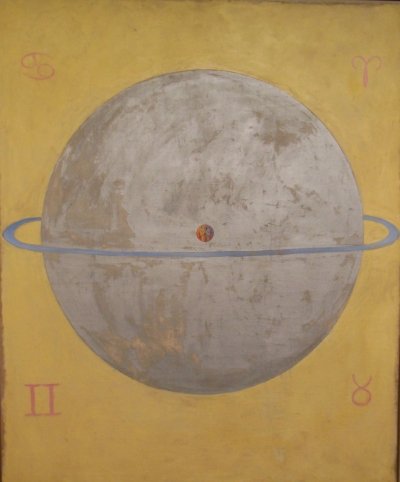The quest for the houses: it is the thorniest problem of astrology. The twelve houses are the twelve areas of life that impact you. Planets in those houses show the dominance of certain areas over the others. Rulership of planets over those houses point to where the impact will finally play out.
How do we conceive of houses? Whereas the revolution of the earth around the Sun in a yearly fashion gave us the the twelve zodiac signs, the daily rotation of the earth around its axis results in twelve segments, called houses, analogically. The starting point is always the degree at the eastern horizon (Ascendant) where it intersects with the ecliptic of the moment of the event (birth). There is little disagreement about this, and the configuration of Midheaven.
With Ascendant/Descendant and Midheaven/Midnight axes we arrive at four quadrants, but what about the intermediary partitions in each quadrant? We are talking about the task of reducing a three-dimensional sphere into a two dimensional diagram which poses a conundrum. Using different criteria, there are countless ways to achieve this. With each attempt the house sizes will have different shapes: while your Sun might be in the sixth house with the Placidus method, the Koch method might show it in the fifth house. The results by the methods of Alcabitius, Regiomontanus, Porphyrius et al. will vary again. It is, and always will be, an unresolved issue.. The horoscope in each case will look different. There is no argument about right or wrong, it all comes down to choice.
We asked: ‘what is a horoscope?’ And the answer is: there is no single ‘true’ horoscope, only a variety of different approaches. Drawing from a common tradition each astrologer has to deploy his or her acumen and experience to set their own framework. This is not unlike the field of psychotherapy with its common goal but very distinct and diverse methods.
The three-dimensional astronomical reality at birth time and birthplace


